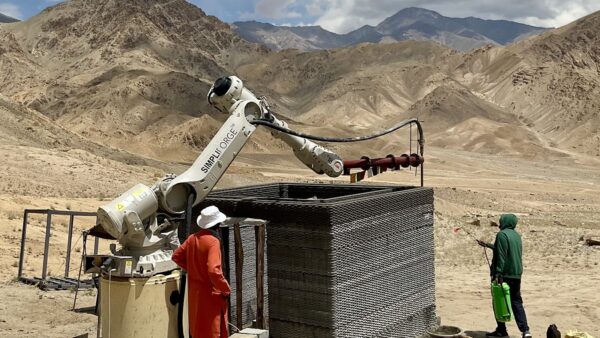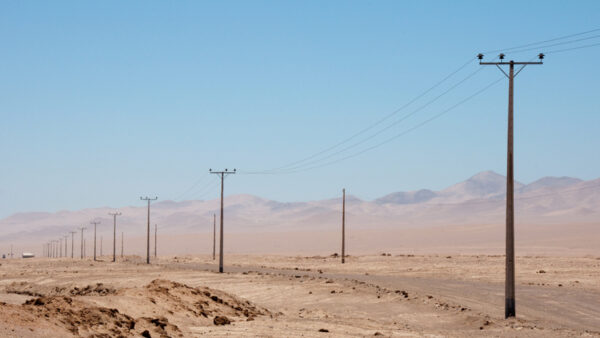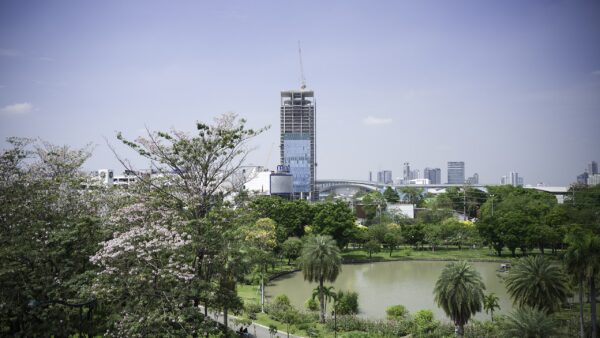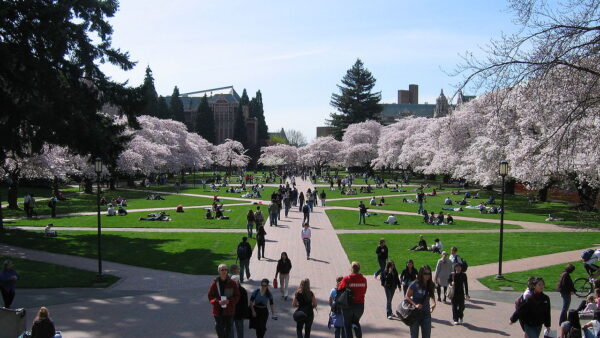The town of Svobodny, a stop on the Trans-Siberian railway near Russia’s border with northeast China, is to be the subject of a $650m renewal programme.
The town now has a population of about 60,000, but once hosted one of the largest prison camps in the Stalin-era Soviet Union. At its greatest extent, in 1938, the Baikal Amur Corrective Labour Camp contained 200,000 inmates sent there to work on the rail link between Lake Baikal and the Amur River.
After the camp was dismantled in 1948, the town became a manufacturing centre until the collapse of the Soviet Union brought a collapse in the local economy, and with it the loss of a third of its population, a deterioration in its fabric and a lack of basic services such as street lighting.
Now the town is set for a dramatic revival, thanks in part to a decision by Russian company Sibur to site a petrochemical plant in its neighbourhood (see further reading), together with energy giant Gazprom’s decision to build one of the world’s largest gas processing plants nearby.
The decision is also being spurred by developing economic ties between Russia and China: the petrochemical plant will make plastic for the Chinese market, and the gas plant, which will provide its feedstock, is part of the Power of Siberia pipeline, which is due to begin transporting gas to Blagoveshchensk on the Chinese border in 2022.
The transformation of Svobodny by 2030 is being planned as a decade-long set of projects, beginning with the provision of new sports facilities and the relaying of streets.
Vladimir Konstantinov, the town’s mayor, told the AFP agency his office had “prepared a roadmap for the city’s development” with the aim of making Svobodny into one of the “Far East’s most beautiful cities”.
Strelka KB, a Russian planning consultant that is working on the plan, says Svobodny’s population may double in several years.
Locals, interviewed by AFP, said they have already noticed changes, such as shops selling takeaway coffee.
Semyon Moskalik, project director at Strelka, said a website has been set up to crowdsource development ideas from locals, and older residents had said they want to see more public spaces for young people. He added that his company had used the example of some American and Canadian cities “as inspiration”.
Image: Work under way on Gazprom’s Power of Siberia (Gazprom)
Further reading:










